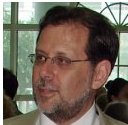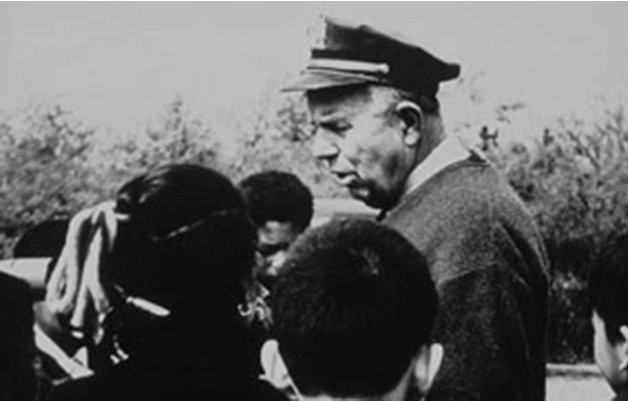 Thanks so much
to Bruce Stiftel, Class of 1971 for his excellent perspective about the first
Earth Day which took place at Far Rockaway High School in May of 1970.
Bruce Stiftel, FAICP, is professor emeritus of city and regional planning at
Georgia Institute of Technology. His research concerns collaborative governance
of environmental policy and international movement of planning ideas. His work
concerns planning theory, planning dispute resolution and international
development.
Thanks so much
to Bruce Stiftel, Class of 1971 for his excellent perspective about the first
Earth Day which took place at Far Rockaway High School in May of 1970.
Bruce Stiftel, FAICP, is professor emeritus of city and regional planning at
Georgia Institute of Technology. His research concerns collaborative governance
of environmental policy and international movement of planning ideas. His work
concerns planning theory, planning dispute resolution and international
development.
Earth Day: 1970 and Now by Bruce Stiftel
On April 22, 1970, I stepped to the
podium of the auditorium in Far Rockaway High School in New York City to
introduce Herbert Johnson, the long-time park ranger of the Jamaica Bay Wildlife
Refuge, a man who had labored most of his adult life to build a haven for birds
and crustaceans in the shadow of Kennedy airport. Moved by the teaching of our
science faculty, and drawn into a national conversation stimulated by Rachel
Carson and Marjory Stoneman Douglass, I was one of a small group in my school
who campaigned that the school should mark the first Earth Day in a significant
way.
The decade that began with the first Earth Day became a pivotal moment in US
environmental awareness and action, seeing passage of the Clean Air Act, the
Federal Pollution Control Act amendments of 1972, the Coastal Zone Management
Act and a host of other key environmental protection laws, many of which were
echoed in our states and in other countries. It was also a time when school
children became leaders in their families, promoting sustainable practices that
often seemed at odds with the greatest growth spurt in consumerism that the
world had known.
Earth Day became a regular part of our annual cycle and even faded into the
background as we began to take for granted the cleaner water and air and
resource management protections that resulted from the environmental decade. As
a nation, we largely moved on to other concerns.
Our city planning profession, of course, did not. Environmental sustainability
remained central to our cause as the issues were reframed and refocused around
carbon footprint, biodiversity, genetic modification in the food supply, and
other increasingly global concerns. Still, there was a complacency that here in
the US that we had a consensus around the fundamentals of pollution control and
sustainable yield from publicly managed natural resources.
Suddenly, that complacency no longer seems justified. The core principles of the
environmental decade are now questioned in the highest offices of our land, and
civil servants who dedicated their lives to protecting our planet for our
children find themselves unwelcome in their workplaces. Again, an Earth Day that
calls attention to the irreplaceable role of natural resources in sustaining
life is essential to our future. Thank you for your commitment to a profession
that works at the forefront of the battle for sustainability. May this Earth Day
be a moment to reassure you that progress is possible and to contemplate the
most effective path forward to living equitably within our means.

Herbert Johnson was appointed by Robert Moses as the first
manager of Jamaica Bay Wildlife Refuge in 1952 National Park Service